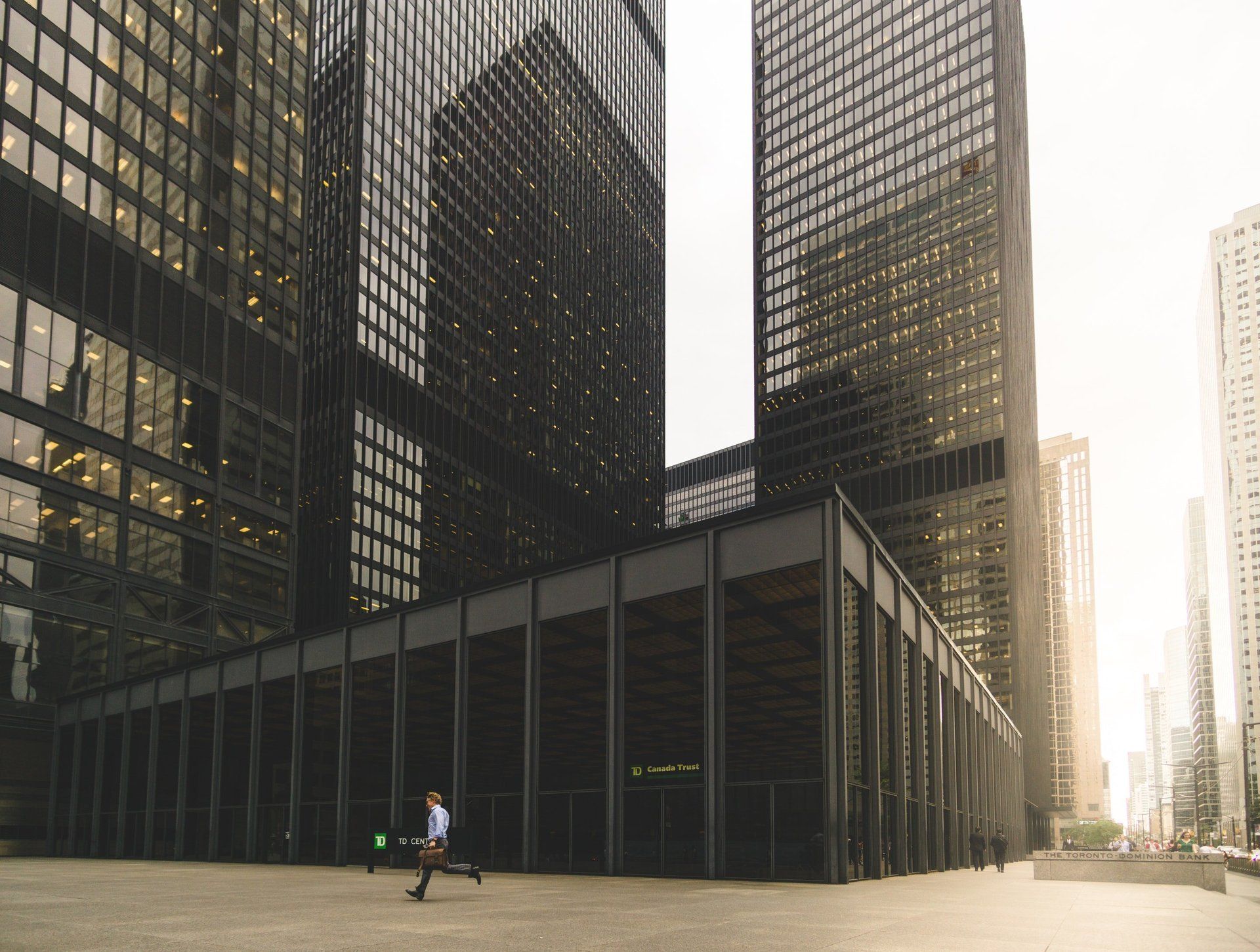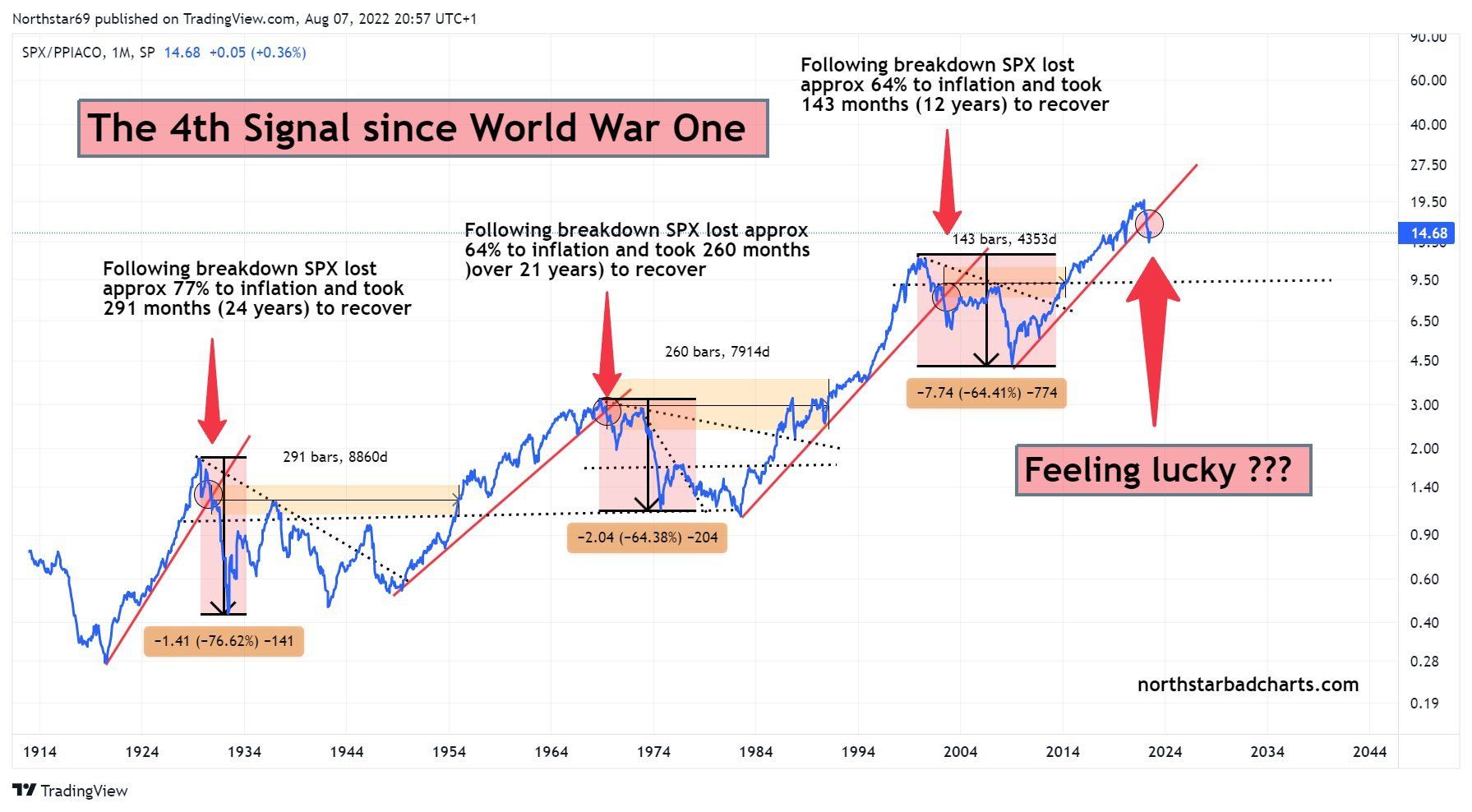

The pension fund for Ontario municipal workers made money last year after pumping money into its investments in private equity, infrastructure and real estate, overcoming the awful year experienced by investors in the stock market.
It may not, however, continue that shift on a large scale in 2019. The Ontario Municipal Employees Retirement System (OMERS) has about $50-billion, or roughly half, of its assets in private investments. Those assets posted a 10.7-per-cent return in 2018, with the private-equity portion of the category returning 13.5 per cent. Its stock holdings – roughly one-third of its total portfolio – lost 8.3 per cent in the year, a slightly better performance than the S&P/TSX Composite Index, which fell 8.9 per cent in 2018.
It all added up to a 2.3-per-cent return in 2018, a $2.2-billion addition to the fund’s assets, which closed the year at $97billion. That’s below its longer-term returns, which are in the 8-per-cent range.
OMERS put $10-billion in “new money” into private investments in 2018, selling off holdings in equities and cashing in previous private investments to do so, chief financial officer Jonathan Simmons said.
By the end of 2018, private equity represented 15 per cent of the portfolio, one percentage point higher than OMERS’s target for the asset class. Real estate was 18 per cent, at the target. Infrastructure investments were 18 per cent, below the 23per-cent target, but that doesn’t include a number of large deals set to close early in 2019.
OMERS’s investment policy allows the fund to exceed its target and hit a maximum number for each of these asset classes, meaning OMERS could shift billions more into private assets. But “we’re pretty close to where we want to be. … Over the last number of years, we’ve really been shifting our asset mix,” OMERS chief executive Michael Latimer said Monday.
OMERS set the target ranges in 2015 as part of its “2020 Strategy,” which means it will be doing a study of its assetliability mix in 2019, Mr. Simmons said. “Now is the time we’re working on the next generation of our strategy.”
Like many other large investors, OMERS finds that “it’s getting increasingly difficult to find good-returning assets,” Mr. Simmons said. “We still believe the asset classes we’ve selected today are the right classes for our owners … you have to be selective within the asset classes.”
OMERS is the second major Canadian public pension fund to report 2018 results in recent days. Last week, Caisse de dépôt et placement du Québec said it achieved a 4.2-per-cent return for the year, also driven by returns in asset classes such as private equity, infrastructure and real estate.
OMERS’s portfolio has returned an average of 8.1 per cent over the past five years and 8.0 per cent over the past 10 years. The annual and long-term return figures are presented net of, or after, the costs of running the fund.
On a “fair value” basis, OMERS’s funding ratio – a measure comparing the fund’s assets with its liabilities, or the pension payments it owes its future members – dropped from 101 per cent to 97 per cent. Because OMERS, like many pensions, uses a five-year “smoothing” method to even out bumpy market results, its smoothed funding ratio improved in 2018, to 96 per cent from 94 per cent, as past years’ big gains were gradually incorporated into the model.
OMERS serves 1,000 employers in Ontario and has nearly 500,000 active and retired members.

